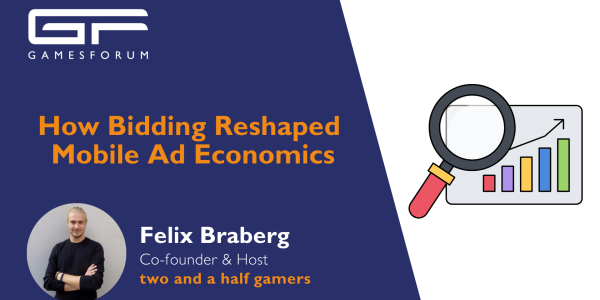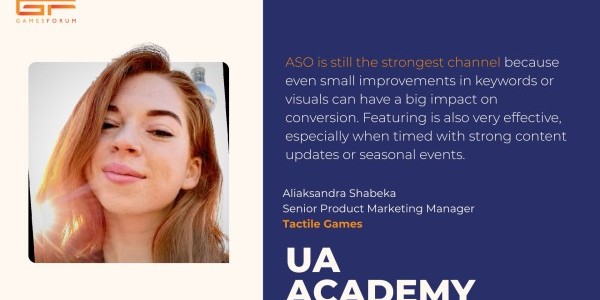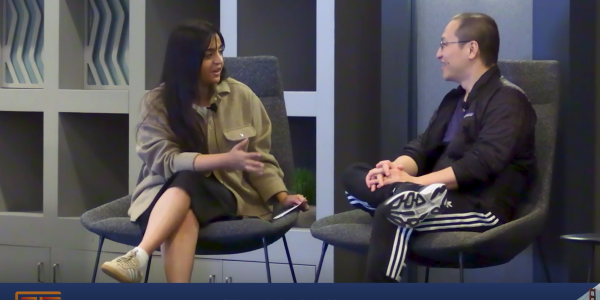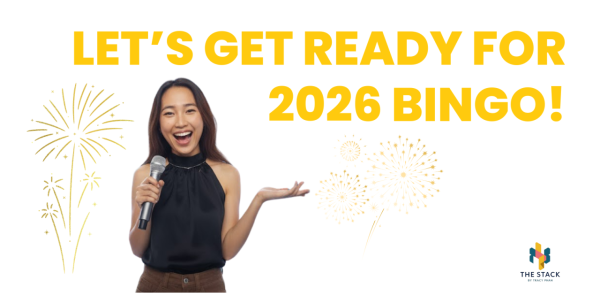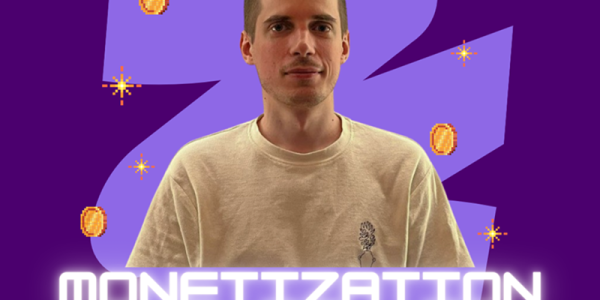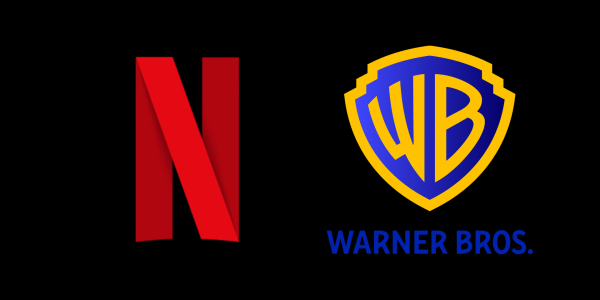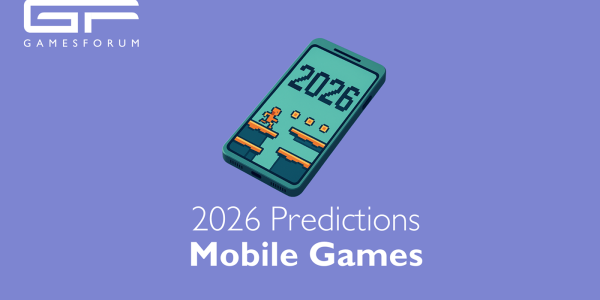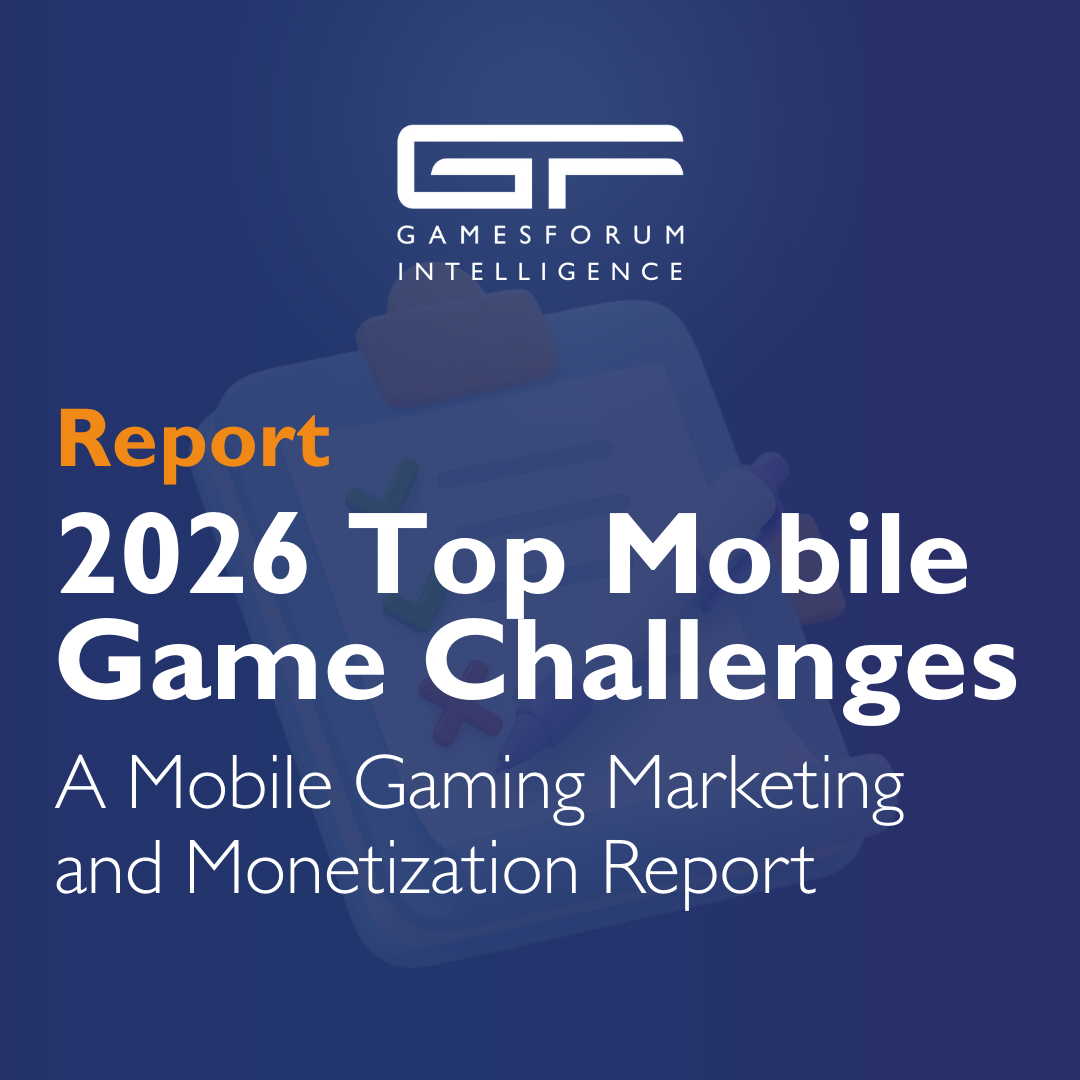Seventeen Years Strong: How KingsIsle Balances LiveOps, Retention, and Monetization in a Changing UA Landscape
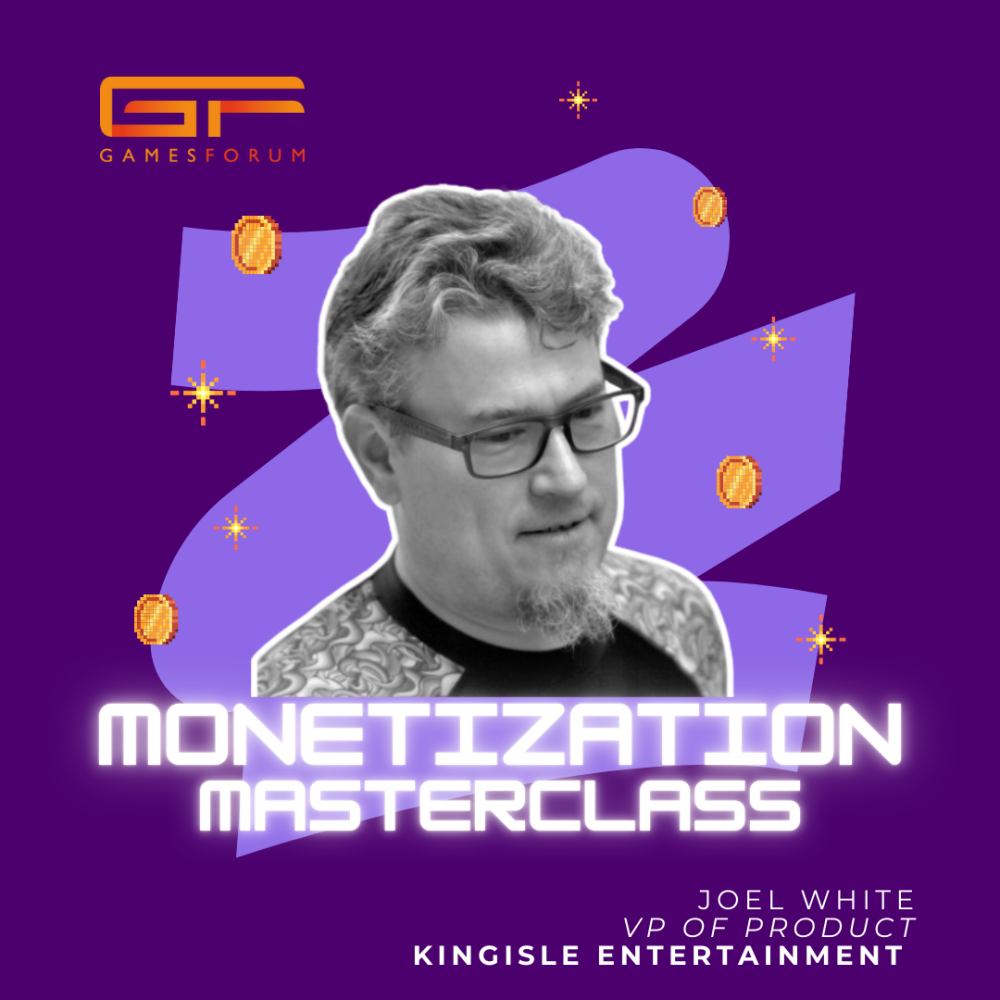
As UA costs climb and player acquisition becomes more competitive, studios are increasingly leaning on LiveOps, retention, and winback strategies to sustain growth. Few companies illustrate this better than KingsIsle, whose flagship MMOs Wizard101 and Pirate101 have thrived for 17 years by balancing deep content drops, regular events, and smart monetization. VP of Product, Joel White, explains how.
Given rising UA costs, how do you decide how much budget and resource to invest in LiveOps content and events versus pushing more UA?
a. Since our main live games are PC based MMO’s, we have a very strong live ops event system, with 8 Free to Play events in Wizard101 and 4 in Pirate101 each month, split into 2 categories of casual players and core players, there is always something for people to do. We have built a business and have supported the company for 17 years by focusing on having a large team creating sizable updates multiple times a year (think old-school MMO size) and in recent years, also focusing on more regular content additions so there is always something new and interesting to do.
b. UA for a 17-year-old game is an interesting challenge! First, while it’s not UA, we focus (and are really good at) retention. If you’re playing, we want to keep you playing (and if you lapse, give you a lot of tempting opportunities to come back quickly with new content and sales).
c. We also can tap into our 60+ million players who have played over the years. We love to run winback campaigns and find that bringing back someone who played before is easier, cheaper, and our lapsed players (especially those who spent before) convert again more often than new players.
d. For new user acquisition, we prefer methods that are trackable where we can judge success easily like display ads (as old school as that may sound). While this might sound obvious, advertising on the platform the user will play on is important. We don’t get a whole lot of conversions for our PC game advertising on mobile.
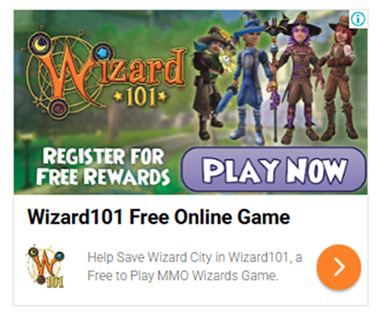

LiveOps tends to touch many teams: design, product, marketing, analytics, ops. Can you walk us through a LiveOps campaign from KingsIsle or similar where cross-team coordination was especially critical?
a. When we plan a new LiveOps event, the KingsIsle team decides what problem we want to solve - for example, maybe we see daily logins drop in January after the holidays and want to create an event to encourage more people to log in during slower months.
b. Once the proper KPI has been identified, the Design team or Product team will then start to plan an event that will help with moving that KPI. They then work with the programming team and the analytics team to make sure that all the proper tracking is put in place.
c. Once the event has been built and tested, our Product team and Marketing team work together to set up a time to put it live, and build a marketing beat around it. Having Product and Marketing work hand in hand on this is important, as if we don’t let people know about the new event, it won’t move the KPI's as we want
d. While the event is running, we check on our KPI’s daily for the event, and if it was properly created, we will have levers we can pull to change settings of the event itself to help encourage the type of gameplay and KPI changes that we are trying to move. An example would be to increase point rewards for grouping with 3 or more people if we see people only playing solo or in pairs.
e. Finally, once the event has finished, we normally do a postmortem on the event from both Product, Marketing and Analytics to go over how much the event cost from a development and marketing standpoint, how much the KPI’s moved and what we can do better in the future. We then compile that into a report that we go back to the Design team and Programing team with. (This can be up to 3 months after the event ended).
In what ways have you seen content personalization or segmentation increase retention and monetization?
With our MMOs we don’t have any personalized content or segmentation outside of our Micro-Transaction shop in the game. Even here we only use segmentation for limited time events, and for special things like if it’s a player’s anniversary they can get some things at a discount.
We have discussed this in the past, but with such an active community that is constantly sharing what they see and what they do, we must be very careful not to limit things to purchase that will make other players upset.
Beyond the initial acquisition phase, what strategies help turn new users into lasting, paying players? How important are factors like content variety, reward pacing, and progression design?
Besides the core gameplay and questing in our game we have about 40+ different systems that players can engage in. Making sure that they are invested in the core game loop before attempting to introduce the side systems is important. For example, in a normal play through a player may not unlock the housing system until level 10, but if they are drawn to our game by seeing a Bundle Card on the shelf at GameStop that includes a House, we must unlock housing for them early, if that bundle contains a house.
We then must have the housing onboarding tutorial play ahead of its normal time.
Limiting the complexity and slowly ramping it up in an interesting way helps but not forcing people to participate in side systems if they don’t want to.
Years ago, there was a common complaint from the player community that there wasn’t enough content for a free to play player to do, now the complaint is that there is more to do than they can keep up with. So, our biggest challenge is to make sure that there are events and systems that support the way the player wants to play and understand that not all of them play the same way.
For example, we have players that love our Lore and do everything they can to find the secrets in the story, while others just want to go decorate houses or put clothing together in interesting ways to put in the Rate My Stitch system. Others might want to PVP or do our competitive / cooperative systems like Beastmoon Hunt.
Each player that plays these varied systems is valuable and each system has ways to monetize.
Through the years of data, we have worked to put together correlations of side system use and player types. We created a dendrogram of all the ways that players use our systems and what systems they use next to or along with others.
From our Dendrogram we have been able to further create player personas that we can then better target sales, events and content.

With multiple games (Wizard101, Pirate101, etc.) and platforms, what challenges come with scaling monetization and retention strategies? How do you adapt content and business models for different audiences, platforms, or lifecycle stages?
a. As I am writing this we are only on PC/Steam/Mac with our main games, in the future this will expand into consoles, and in the next few years there are plans for some mobile titles from the company.
i. Some main things to think about when looking at our monetization strategies are to offer opportunities across all our projects if possible:
1. An example of this is if we have a sale in Wizard101 for something, we should also have it on sale for pirate players, but we want to make sure that it feels good to buy that thing in both games, if I play both games, or I feel good about buying it for my main game if I only play one of them.
2. Occasionally we will have a larger single purchase that unlocks the item in both games, and that works well for certain types of items, but not all of them. This will make players that play both games feel they have received a better value and may encourage a player that only plays in 1 game, to try out our other title and then spend more there.
b. One of the most important aspects of launching a new product for sale in game is to ensure everyone knows about it and why they absolutely need it. Our marketing team does a great job creating custom web pages promoting all the sales we do, and sharing this on all our social media channels. We also email for big promotions, put these new items in prominent places on our website's front page, and on the patcher. In game, we have ways to draw attention to promoted products as well. Not every player will see all these methods, but by using a wide variety of methods to promote new product, we catch as many as we can.
As for retention, our goals are to always make sure that there is something for you to do that is adjacent to your main play style, and to have enough content that there is always something for you to come back and play the next day.
What KPIs matter most for gauging retention and revenue success? And can you share an example of a strategy that underperformed - what you learned, and how you adjusted for the future?
a. KingsIsle’s important KPI is LTV, for every new player we bring in, we need to make sure their lifetime value is above the cost to get them in game.
i. This seems simple, but it's easy to throw away money chasing impressions and even registrations that end up having no value as they don't even make it past downloading the game. For us, we focus on bringing in as many high-quality paying players as possible with targeted trackable UA vs trying to get the largest number of eyeballs on your game.
ii. Also, this must be a partnership between product, marketing, and game. Great marketing won't help a game that's not set up to be fun and convert players, and a great game won't succeed without marketing bringing those players to the game.
b. The second most important KPI for KingsIsle is Average Hours Per day.
i. The longer you can keep a player in your game engaging with your content the less likely they are to spend money on another game. This includes making sure that there are multiple opportunities per play session that they are given the chance to convert or spend.
Hear Joel on the Content is King: LiveOps Designed for Revenue & Retention panel at Gamesforum San Fransisco - tickets are available here.

